Tent caterpillars
ms_minnamouse
13 years ago
Related Stories

GARDENING GUIDESPlant Black Cherry Trees for the Birds and Bees
Plant Prunus serotina in the Central and Eastern U.S. for spring flowers, interesting bark and beautiful fall color
Full Story
WINTER GARDENINGPruning Secrets for Exquisite Roses
Encourage gorgeous blooms year after year with this time-tested advice on how to prune your rosebush in winter for health and shape
Full Story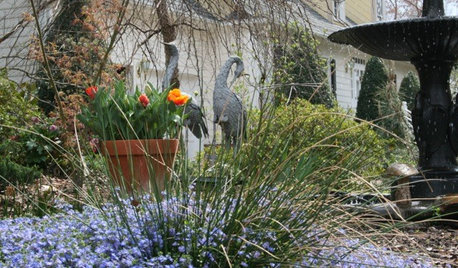
SOUTHEAST GARDENINGSoutheast Gardener's January Checklist
Resolve to see your garden with fresh eyes this year while you plant, plan and take care of necessary maintenance
Full Story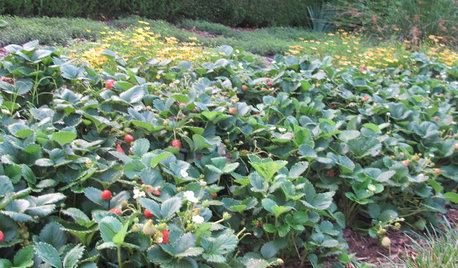
REGIONAL GARDEN GUIDESSoutheast Gardener's September Checklist
Fertilize strawberries, plant a tree or two and beckon hummingbirds to your Southern garden this month
Full StoryMore Discussions






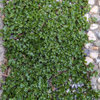
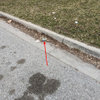
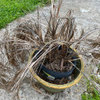
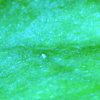
rhizo_1 (North AL) zone 7
Kimmsr
Related Professionals
Ashland Landscape Architects & Landscape Designers · New Bedford Landscape Architects & Landscape Designers · Birmingham Landscape Architects & Landscape Designers · Forest City Landscape Architects & Landscape Designers · Williamsburg Landscape Contractors · Biloxi Landscape Contractors · Braintree Landscape Contractors · Downey Landscape Contractors · La Verne Landscape Contractors · Munster Landscape Contractors · Palos Verdes Estates Landscape Contractors · Rosemount Landscape Contractors · Setauket-East Setauket Landscape Contractors · North Hills Landscape Contractors · Okolona Stone, Pavers & ConcreteUser
rhizo_1 (North AL) zone 7
ms_minnamouseOriginal Author
rhizo_1 (North AL) zone 7
ms_minnamouseOriginal Author
Kimmsr
rhizo_1 (North AL) zone 7
Kimmsr
taz6122